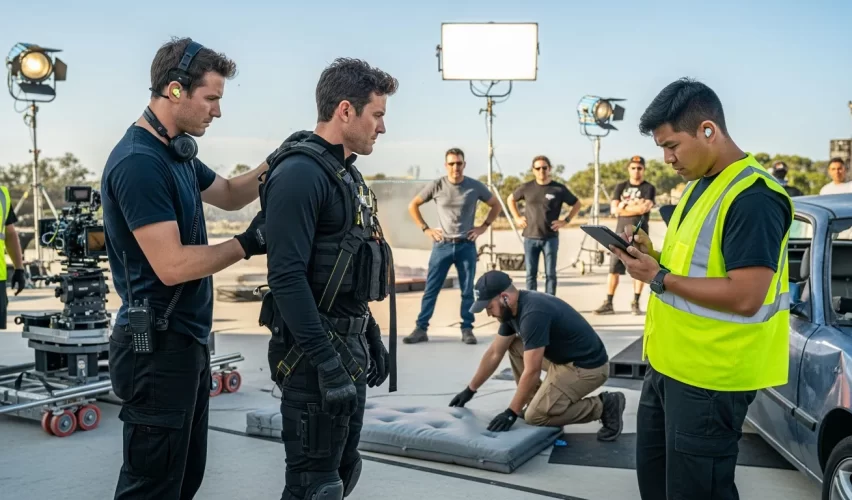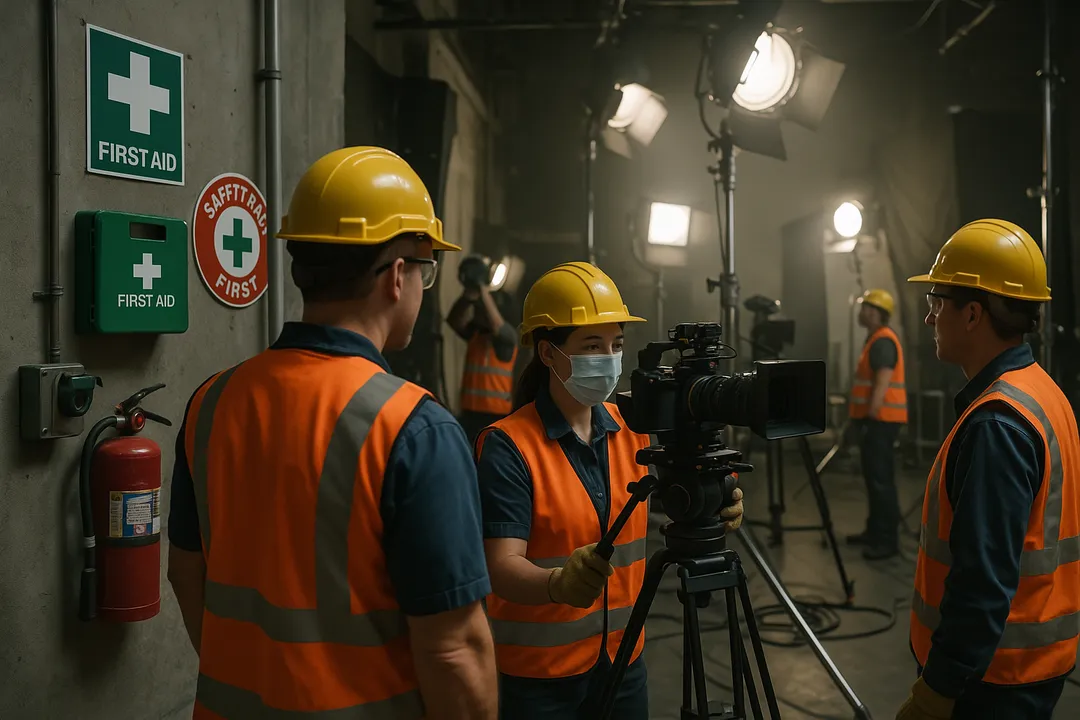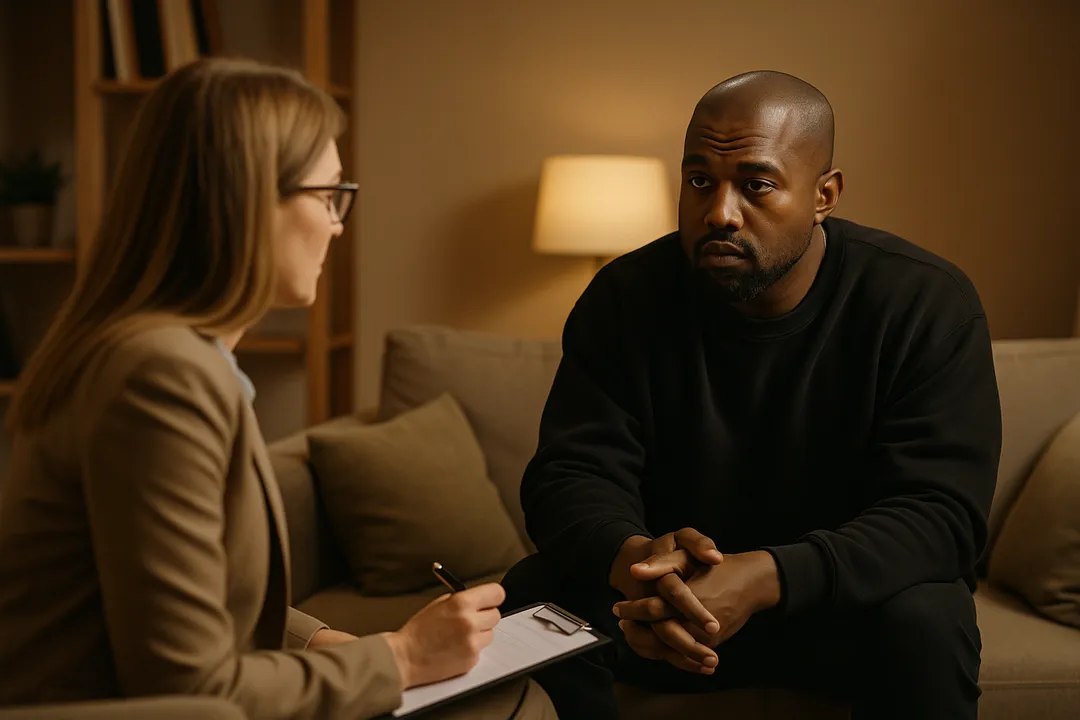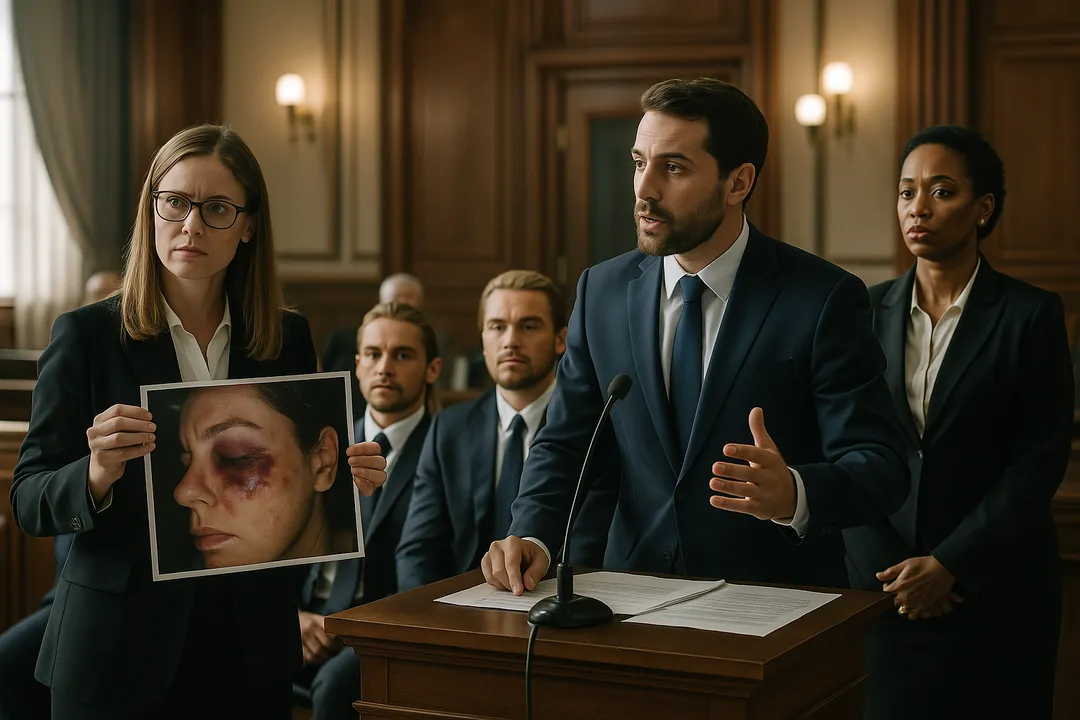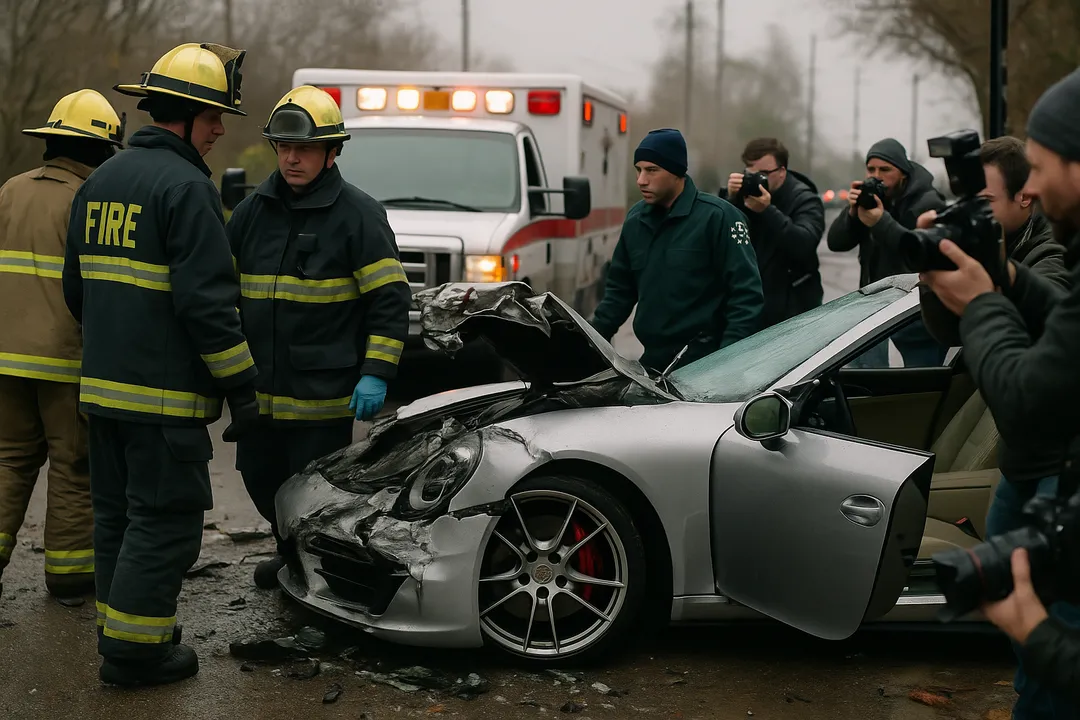When Stunts Go Wrong: The Realities Faced by Action Stars and Their Doubles highlights the often unseen dangers of the film industry. Stunt accidents can result in severe consequences, affecting both action stars and their stunt doubles. These professionals face significant physical and mental risks, from fractures and paralysis to psychological stress.
Stunts are crucial for creating thrilling cinematic experiences that captivate audiences. They bring high-falls, car chases, combat scenes, and explosions to life on screen. Despite rigorous safety protocols, the inherent danger of these activities cannot be entirely eliminated. Understanding the realities behind these breathtaking moments sheds light on the true cost of entertainment in the film industry.
The Role of Stunt Doubles in Film Production
Stunt doubles play a crucial role in film production by performing high-risk action sequences that would be too dangerous for the main actors. They bring specialized skills and professional training to execute complex stunts while ensuring a level of safety. Their expertise spans various disciplines, such as martial arts, gymnastics, driving, and high diving.
By seamlessly integrating with the film’s narrative, stunt doubles create the illusion that the actors themselves are performing these daring feats. This is achieved through careful choreography, camera angles, and editing techniques. The result is a convincing portrayal of danger and excitement without compromising the actor’s well-being.
Common types of stunts performed by these professionals include:
- High Falls: Jumping from significant heights onto air cushions or other safety devices.
- Car Chases: High-speed driving maneuvers and crashes requiring precise control.
- Combat Scenes: Hand-to-hand combat or weapon-based fights necessitate coordination and timing.
Stunt doubles are indispensable in bringing thrilling action scenes to life while managing risk effectively.
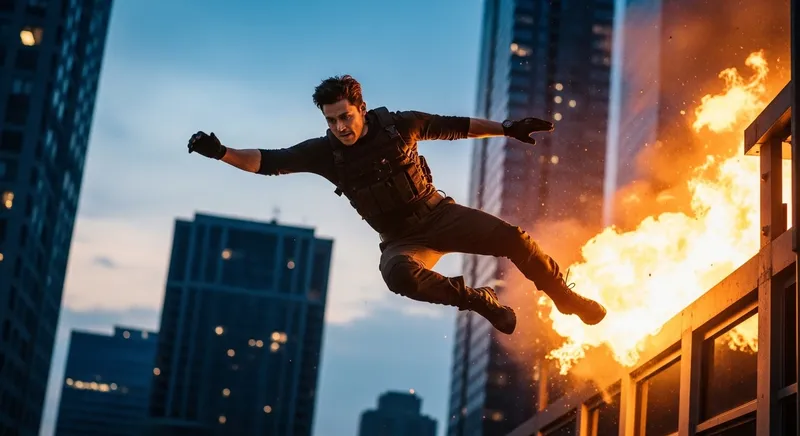
The Dangerous Nature of Stunt Work
High-risk stunts push the limits of physical performance and safety, putting performers at risk of serious injury or worse. High falls from multi-story buildings, explosive car crashes, and complex fight scenes are just a few examples where split-second mistakes can lead to life-changing events. Each stunt has its own specific dangers—spinal injuries, burns, broken bones, or even traumatic brain injuries.
Safety protocols are crucial for every stunt sequence
An array of protective gear is used by crews, including:
- Helmets and body armor
- Roll cages in vehicles
- Airbags and crash mats
- Fire-retardant suits
Stunts are carefully planned out, with rehearsals aimed at reducing errors. However, even the most well-thought-out plans have their limits. Equipment can fail, weather conditions can change unexpectedly, and human mistakes cannot be completely avoided. These truths highlight the very small room for error that defines high-risk stunts on set.
Real-Life Tragedies Highlighting Stunt Dangers
Stunt accident fatalities have shaped the way the film industry approaches safety. The Vic Morrow accident stands as one of Hollywood’s most infamous tragedies: during the filming of “Twilight Zone: The Movie” in 1982, a helicopter crashed due to a pyrotechnic malfunction, killing Morrow and two child actors instantly. This incident exposed critical gaps in on-set risk management.
Another devastating loss occurred on the set of “Deadpool 2,” when professional motorcycle racer and stuntwoman Joi “SJ” Harris lost her life performing her first film stunt. A last-minute change to the scene left Harris without essential rehearsals, highlighting how production pressures can override established procedures.
These incidents forced studios and regulators to reevaluate their standards. After high-profile losses, stunt safety regulations became stricter, including mandatory risk assessments, enhanced insurance requirements, and more rigorous supervision by safety coordinators. The accidents listed in “When Stunts Go Wrong: The Realities Faced by Action Stars and Their Doubles” are never just isolated events—they continue to drive reform across the industry.
Personal Stories: When Stunts Go Wrong
The reality of stunt work becomes painfully clear through the experiences of professionals like David Holmes and Olivia Jackson.
David Holmes Injury
During the filming of Harry Potter and the Deathly Hallows, Holmes—Daniel Radcliffe’s longtime stunt double—was thrown against a wall by a misfired explosion rig. The impact fractured his neck, leaving him paralyzed from the chest down. Refusing to disappear into obscurity, Holmes has since become an outspoken advocate for stunt safety, highlighting the risks behind the spectacle.
Olivia Jackson Lawsuit
On the set of Resident Evil: The Last Chapter, Olivia Jackson’s motorcycle collided with a camera crane that failed to move as scripted. She suffered catastrophic injuries, including the loss of her left arm and severe facial trauma. Her subsequent lawsuit exposed gaps in insurance coverage and negligent decision-making, sparking industry-wide conversations about accountability.
These cases reveal not just physical scars but deep emotional and financial repercussions—real stories that underscore the true cost when stunts go wrong.
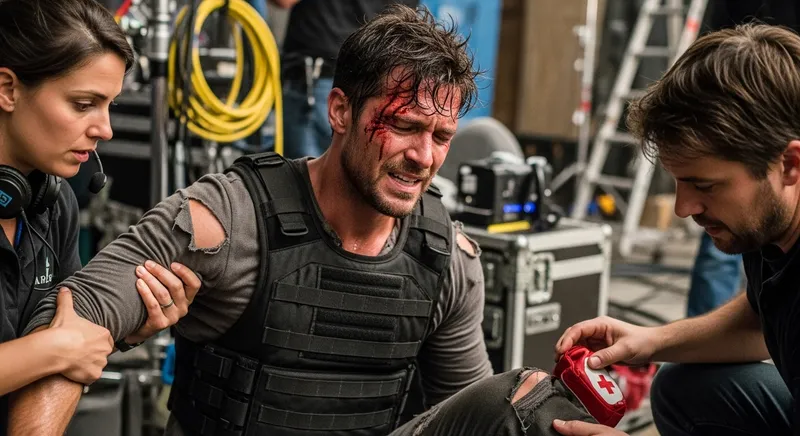
Psychological Impact on Stunt Performers and Action Stars
Psychological stress in stunts is a reality often overshadowed by the physical risks of the job. Witnessing accidents or close calls on set leaves lasting emotional scars. Many performers have described feeling haunted by memories of incidents involving colleagues, leading to symptoms of post-traumatic stress.
- Anxiety in stunts is not uncommon, especially when performers are expected to execute high-risk maneuvers under intense pressure. The demand for perfection amplifies this anxiety—mistakes can mean serious injury or worse.
- Mental health challenges in stunts extend beyond the fear of physical harm. There is an expectation to appear fearless, yet many quietly battle with self-doubt and worry each time they step onto set.
Support systems play a crucial role. Some productions offer access to counselors or peer support groups, while seasoned stunt coordinators foster open communication and check-ins before and after difficult sequences. These mechanisms help address mental health challenges but do not eliminate the underlying pressures unique to this line of work.
Financial Pressures vs. Safety Considerations in Productions
Production decisions in stunts are often influenced by budget constraints. This can lead to negligence in stunts, where financial priorities override safety concerns, resulting in dangerous working conditions. A notable example is Olivia Jackson’s accident on the set of “Resident Evil: The Last Chapter.” Last-minute changes to her motorcycle stunt resulted in severe injuries, highlighting how such decisions can compromise safety protocols.
Factors Influencing Production Decisions
Several factors contribute to the production decisions made in stunts:
- Financial Priorities: Productions sometimes prioritize staying under budget over implementing comprehensive safety measures.
- Last-Minute Changes: These can disrupt well-planned safety protocols, increasing risk, as seen in Olivia Jackson’s case.
- Accountability Calls: There is a growing demand for stronger accountability from producers and studios to ensure safety isn’t sacrificed for cost-saving measures.
Striking a balance between financial constraints and maintaining rigorous safety standards is critical to protecting those who bring thrilling cinematic experiences to life.
Actors Performing Their Own Stunts vs. Using Doubles
Tom Cruise’s stunts have become legendary, with the actor performing many of his own high-risk feats in films like Mission: Impossible. Despite his willingness to tackle dangerous stunts, Cruise still relies heavily on trained stunt doubles for particularly risky scenes.
Actors Doing Own Stunts
- Provides authenticity and adrenaline to the performance.
- Increases an actor’s connection with their role.
- Heightens audience engagement due to real physicality on screen.
Use of Stunt Doubles
- Ensures safety for actors, reducing the risk of injury.
- Allows experts to perform more complex and hazardous stunts.
- Frees actors to focus on their primary acting responsibilities without distraction from physical dangers.
The risk comparison between actors and their doubles highlights that while actors face significant danger performing their own stunts, doubles often take on even greater risks. Trained professionals, stunt doubles possess specialized skills and experience that enable them to handle these perils more effectively.
Evolution of Safety Practices in the Film Industry
The way safety measures are implemented in the film industry has changed over time, especially when it comes to stunts. After major accidents on set, new regulations were put in place to make sure studios followed stricter rules and set industry-wide standards. Now, before any dangerous scene is filmed, a thorough evaluation of the risks involved is conducted, and trained safety coordinators are present throughout the entire process.
Key improvements include:
- Mandatory pre-visualization: Digital storyboarding and simulations allow crews to identify potential hazards long before cameras roll.
- Enhanced protective gear: Lighter, more effective helmets, padding, and fire-resistant suits have become standard.
- Remote camera technologies: Drones and robotic rigs reduce the need for close-proximity human operators during explosive or high-speed stunts.
Studios now prioritize comprehensive training for all members of the stunt team, and regular safety briefings are an integral part of every film set. These advancements demonstrate a dedication to minimizing risks while still providing thrilling action sequences for viewers.
Conclusion
Stunt performers deserve immense recognition for their bravery and professionalism. They take on significant risks to create the thrilling cinematic experiences we love, yet their contributions often go unnoticed.
To protect these invaluable professionals, it is essential to continuously improve safety standards. Additionally, implementing enhanced risk management strategies and embracing technological advancements can further reduce dangers on set.
The article “When Stunts Go Wrong: The Realities Faced by Action Stars and Their Doubles” sheds light on the challenges faced by action stars and their doubles, emphasizing the importance of ongoing efforts to ensure their safety. By acknowledging these realities, we not only honor their courage but also enhance the overall quality and safety of film production.


